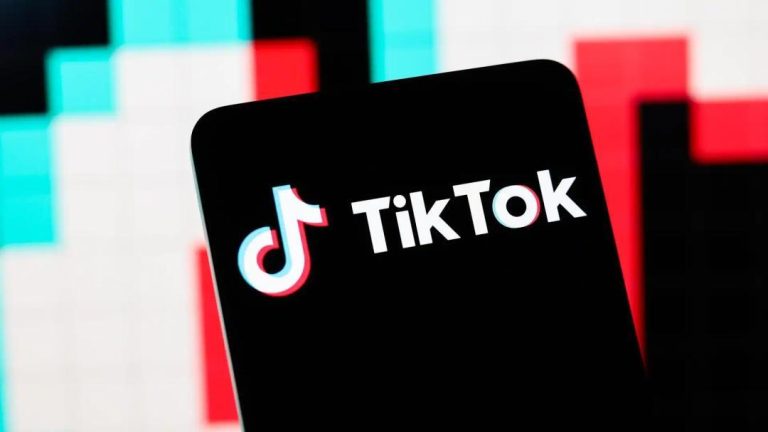
Algorithms May Decide, but Users Define the Game
In the world of social media, algorithms have become the ultimate game-changers. They dictate what content gets seen, what posts get promoted, and what users see in their feeds. Many content creators and marketers have fallen prey to the temptation of chasing algorithm wins, thinking that by optimizing their content for algorithmic success, they’ll be guaranteed to reach their target audience. However, in reality, real engagement and success come from understanding what users want, beyond what algorithms promote.
In this post, we’ll explore the differences in user preferences and engagement between Instagram and Facebook, two of the most popular social media platforms. We’ll examine what users expect from each platform, and what content strategies can help you stand out from the crowd and drive engagement.
Instagram: The Aesthetics-Focused Platform
Instagram is all about aesthetics. Users expect to see visually stunning content that captures their attention and makes them stop scrolling. A study by Growth Jockey found that 71% of Instagram users say that the aesthetic appeal of a post is the most important factor in determining whether they engage with it or not. This is why Instagram is often referred to as a “visual-centric” platform.
To succeed on Instagram, you need to create content that is visually appealing, yet also tells a story or conveys a message. Users expect to see high-quality images and videos, and they’re more likely to engage with content that is well-produced and well-curated.
Instagram’s audience is also looking for trendiness and relevance. They want to see content that is current, relevant, and reflects their interests and passions. This is why Instagram’s algorithm favors content that is timely and topical, and why users are more likely to engage with posts that are relevant to their interests.
Facebook: The Utility-Focused Platform
Facebook, on the other hand, is a platform that is all about utility. Users expect to see content that is practical, informative, and provides value. A study by Growth Jockey found that 62% of Facebook users say that the usefulness of a post is the most important factor in determining whether they engage with it or not.
Facebook’s audience is also looking for familiarity and connection. They want to see content that is relatable, personal, and connects with them on an emotional level. This is why Facebook’s algorithm favors content that is personal, relatable, and encourages engagement.
To succeed on Facebook, you need to create content that is informative, practical, and provides value. Users expect to see content that is well-researched, well-written, and provides insights or solutions to their problems. They’re more likely to engage with content that is personal, relatable, and encourages them to share their own experiences and opinions.
The Real Content Advantage
So, what’s the real content advantage? It’s not about chasing algorithm wins or trying to game the system. It’s about understanding what users want on each platform, beyond what algorithms promote.
By understanding the unique preferences and expectations of each platform’s audience, you can create content that resonates with them and drives engagement. You can use this knowledge to inform your content strategy, and to create content that is tailored to each platform’s unique strengths and weaknesses.
For example, if you’re trying to reach a younger audience on Instagram, you might focus on creating visually stunning content that is trendy and relevant. If you’re trying to reach a older audience on Facebook, you might focus on creating content that is informative, practical, and provides value.
In conclusion, algorithms may decide what content gets seen, but users define what content gets engagement. By understanding what users want on each platform, and creating content that resonates with them, you can drive engagement and achieve success on social media.
Source: https://www.growthjockey.com/blogs/instagram-vs-facebook-user-preferences-and-engagement






